How Long Does It Take For A Cat To Recover From Hepatic Lipidosis
It can be treated by aggressive nutrition and feeding until the cat has a normal appetite again. In this way we see how feline hepatic lipidosis yes it has a cure as long as it is diagnosed on time.

Recovery Cans Complete Dietetic Feed Diet Dog Food Dog Food Recipes Recovery Food
Recovery and prevention of feline hepatic lipidosis.

How long does it take for a cat to recover from hepatic lipidosis. Hepatic lipidosis is treatable although not every cat will recover from the disease. Hepatic Lipidosis in Cats is Treatable. Fortunately cats can recover from hepatic lipidosis.
This allows it to be given a calorie-dense high-protein food directly into the stomach or esophagus. The treatment is food. However if the disease is not promptly diagnosed and treated the disease becomes irreversible and possibly even fatal.
Prognosis for cats with HL is good with early diagnosis full treatment support and control of underlying disease. The average cat requires six to seven weeks of tube feeding before it begins to eat on its own after an episode of hepatic lipidosis. The best way to ensure that cats with hepatic lipidosis receive adequate consistent nutrition is to have your vet place a feeding tube in your cat.
Monitoring liver enzymes has no value in predicting recovery. Metoclopramide is not an effective antiemetic in cats. Cats that overcome the disease do not have to show sequelae or relapses.
Over the course of 12 weeks gradually blend in more of the new food with the old food so your cat can adjust both their taste buds and in their gut. Feline hepatic lipidosis also known as feline fatty liver syndrome is one of the most common forms of liver disease of cats. An aspirate is necessary to help rule out other causes of jaundice in cats such as cholangiohepatitis pancreatitis gall bladder stones cancer specifically lymphosarcoma inflammatory bowel disease or even certain toxins.
A regular and consistent high level nutrition is needed to restore the liver to its normal function. Catching Hepatic Lipidosis in its earliest stages gives your cat the best chance at a full recovery so pay close attention to the way your cat is behaving and take him in if hes showing any strange symptoms. Electrolytes and vitamins may also be given based on the individual cats needs.
Glucose should be used as a carbohydrate source because it does not require digestion and can be used by enterocytes as an energy source Center 2005. It is true that lipidosis can cause the death of the cat but with early treatment the chances of recovery are high. However a decline in total bilirubin by 50 within the first 710 days portends an excellent chance of full recovery.
The disease officially has no known cause though obesity is known to increase the risk. The feeding tube will not hinder eating in any way. A stomach tube is very comfortable for your cat and can be kept in place for four to six weeks.
If a cat is successfully treated for early-stage hepatic lipidosis and sent homewhich can take place in just a few daysits owners will have to continue tube-feeding it usually for a month or so. While this can seem like a scary diagnosis the best news is that it is both preventable and treatable. If diagnosed early and if the cat survives the first few days of aggressive treatment the prognosis for a full recovery is excellent.
Getting food into a cat who doesnt want to eat can be a challenge. This type of feeding will usually be required for several weeks. Untreated hepatic lipidosis will lead to death.
If treated in time most cases can be reversed. At least once weekly offer your cat a small amount of its favorite food by mouth so that you will know when her appetite returns. This requires general anesthesia so your veterinarian may need to treat your cat for a period of time with one of the methods above until he becomes strong enough to handle the procedure.
With a little patience you can make the transition without turning your cat off their new food. The disease begins when the cat stops eating from a loss of appetite forcing the liver to convert body fat into usable energy. If left untreated the condition is fatal.
Maropitant is metabolized by the liver and the dose I use in cats with hepatic lipidosis is lower 025-05 mgkg SO q 24 h with my normal cat dose being 10 mgkg SQ q 24 h. Photo by Enid Yu Flickr Creative Commons. The good news is that most cats who survive an episode of hepatic lipidosis usually dont have a relapse.
The period it takes is between six to eight weeks. IV fluids to help treat dehydration. Treatment typically requires 247 care for several days to include the following.
While these levels are found in most commercial cat foods recovery and convalescent diets generally deliver calories in a more convenient and digestible format.

Fatty Liver Disease In Cats Best Friends Animal Society
How Do Cats Get Fatty Liver Disease Arizona Pet Vet

Pet Supplement Cat Health Care Pet Health Health Supplements

Liver Disease In Cats International Cat Care

Why We Love Cats Family Systems Theory Video Cat Furry Baby Cats Pretty Cats

Pin By Bodypartchart On Bodypartchart Wall Graphics Cat Anatomy Anatomy Cats

Hepatic Lipidosis In Cats Fatty Liver Syndrome In Cats Vca Animal Hospital
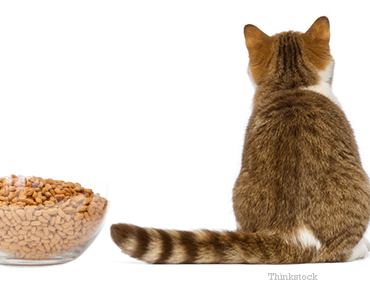
Fatty Liver Disease In Cats Not Eating Can Quickly Kill
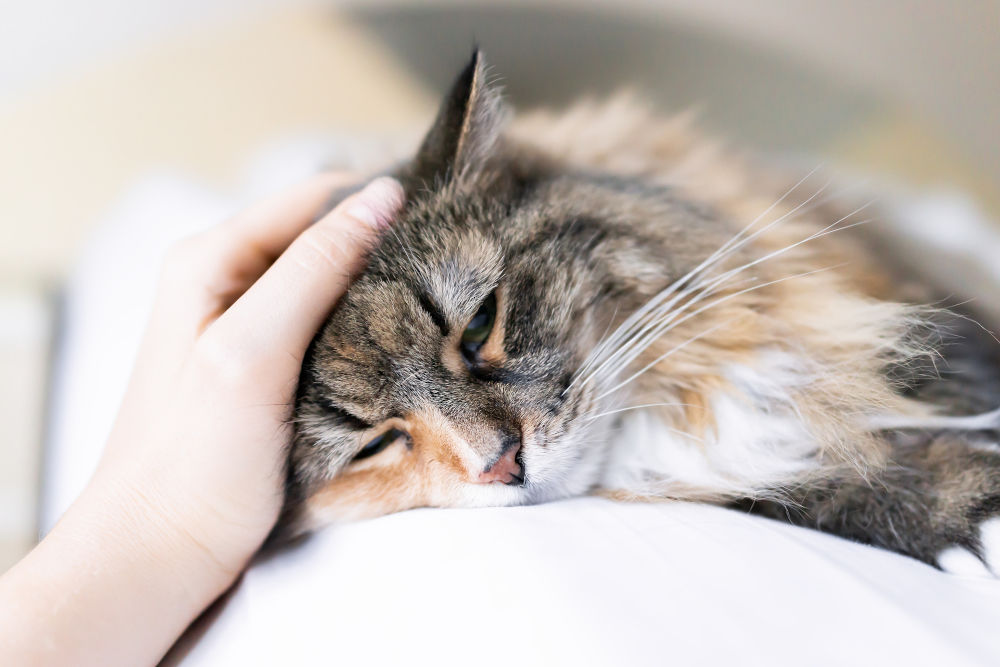
Understanding Hepatic Diets And Feeding Cats With Liver Disease Medicanimal Com
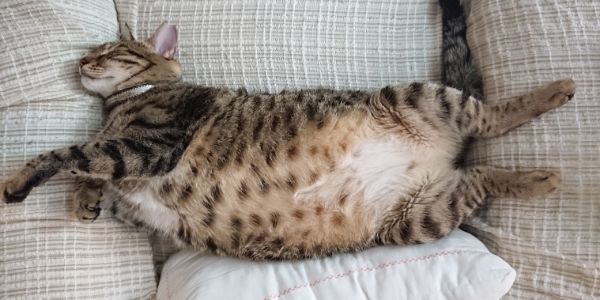
Fatty Liver Disease In Cats What It Is And How To Protect Your Cat

Top 5 Viral Dermatoses In Cats Clinician S Brief Vettechlife Cats Feline Viral
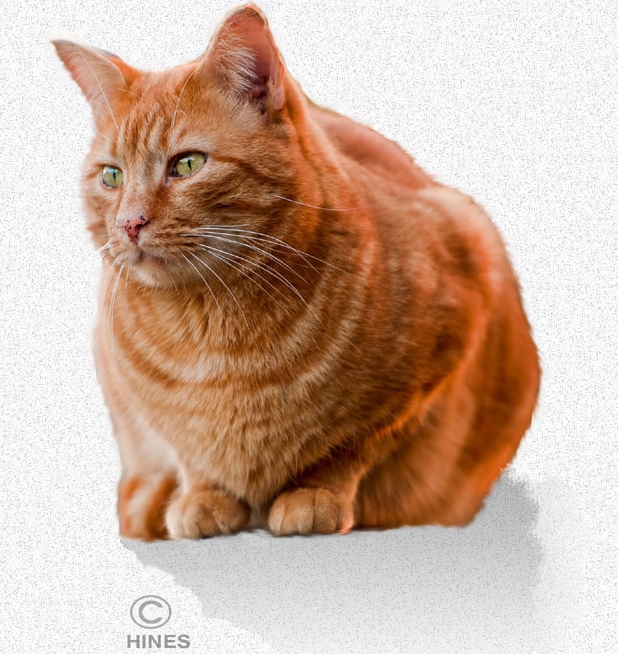
My Cat Won T Eat Hepatic Lipidosis
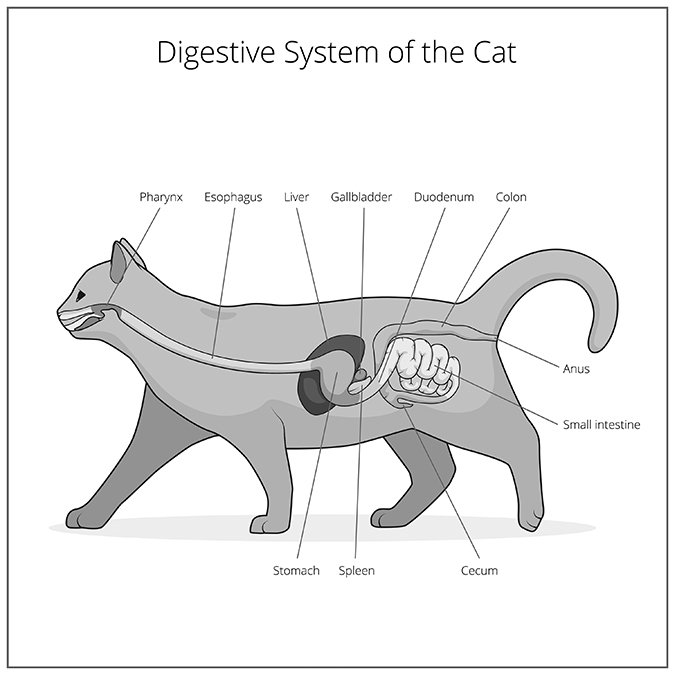
The Telling Sign Of Fatty Liver Disease In Cats Catwatch Newsletter
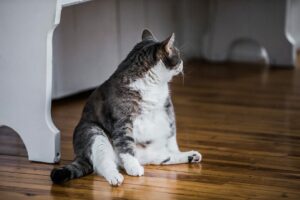
Hepatic Lipidosis In Cats Bluepearl Pet Hospital

What Is Hepatic Lipidosis In Cats Aka Fatty Liver Litter Robot Blog
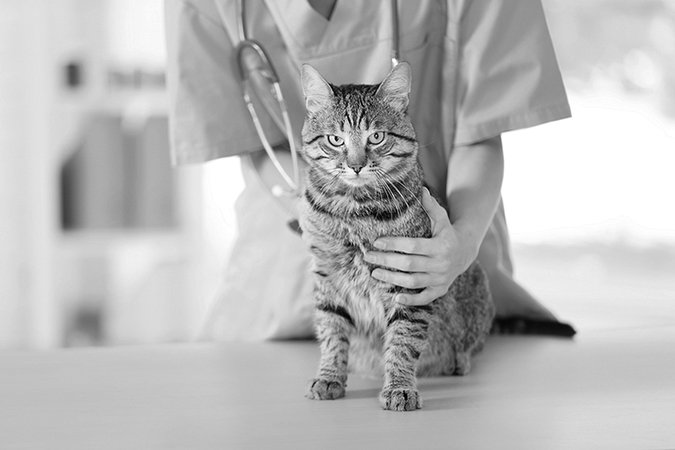
The Telling Sign Of Fatty Liver Disease In Cats Catwatch Newsletter
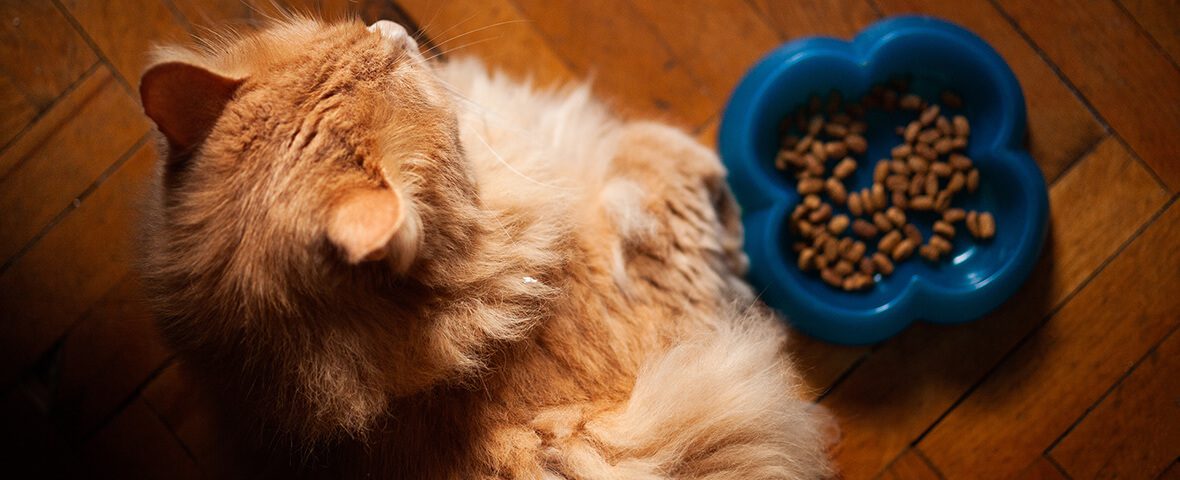
Hepatic Lipidosis In Cats Bluepearl Pet Hospital

Feline Hepatic Lipidosis Fatty Liver Disease In Cats Crazy Cats Cats Cute Cats

Post a Comment for "How Long Does It Take For A Cat To Recover From Hepatic Lipidosis"